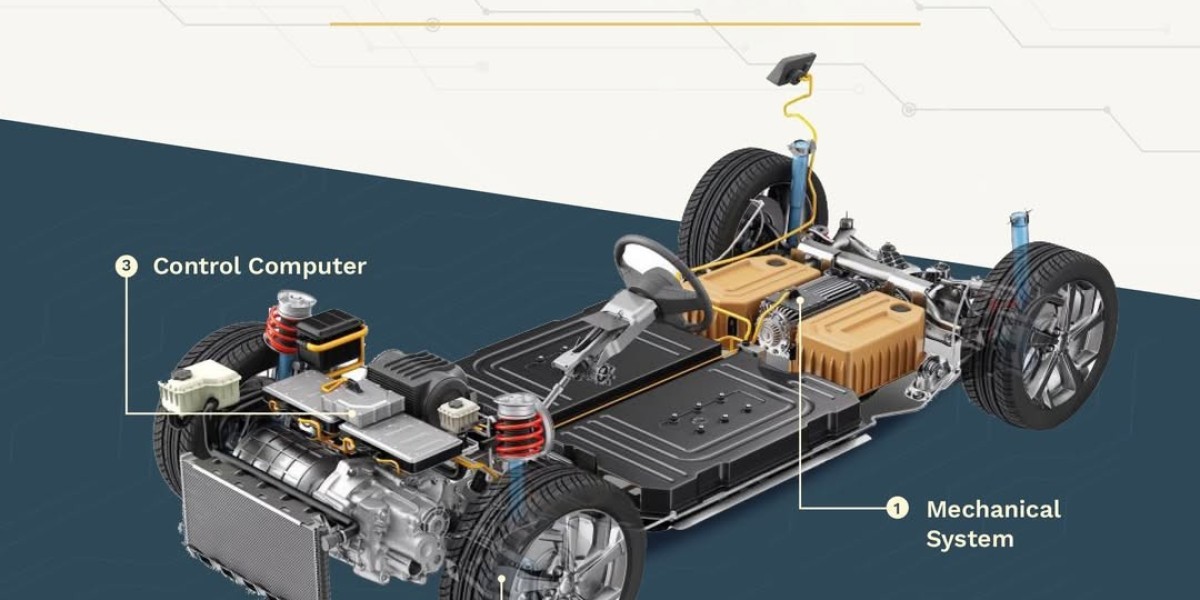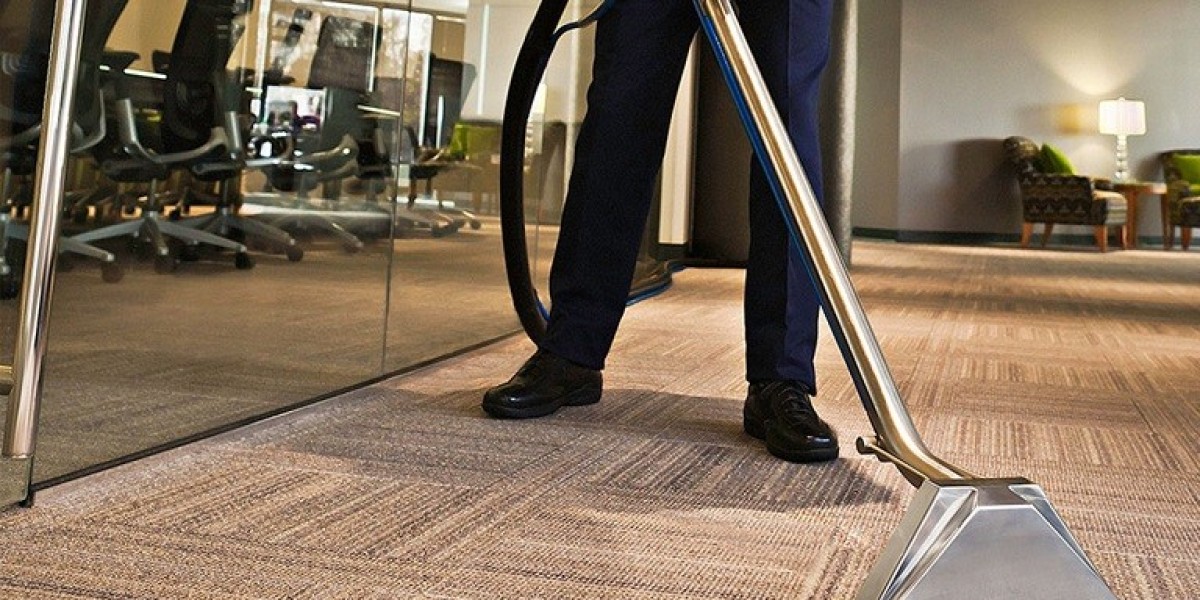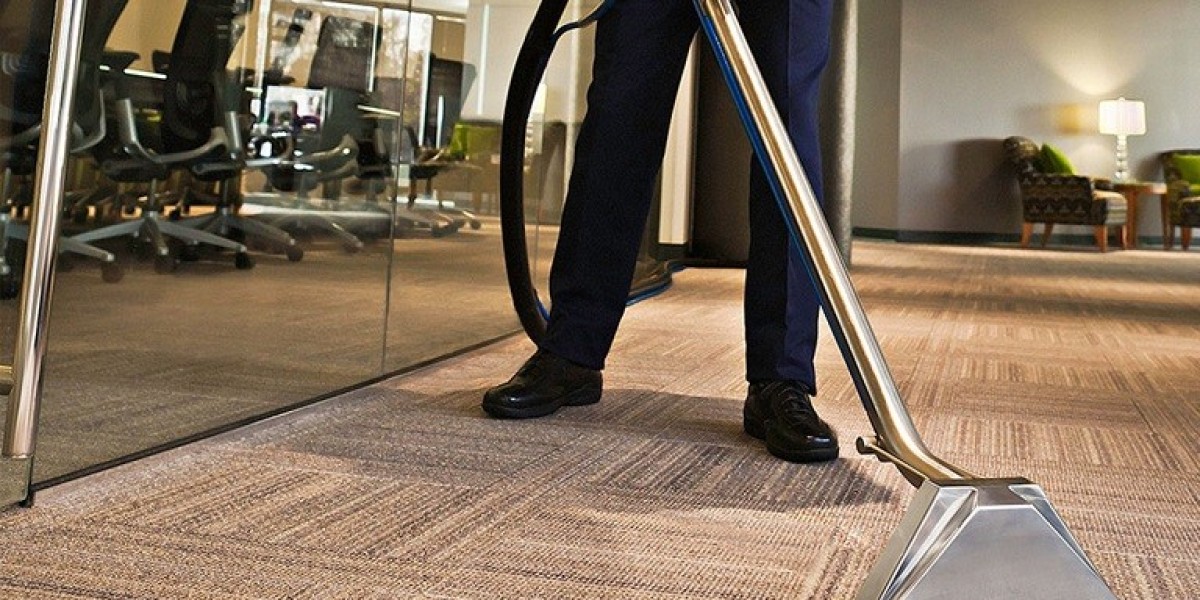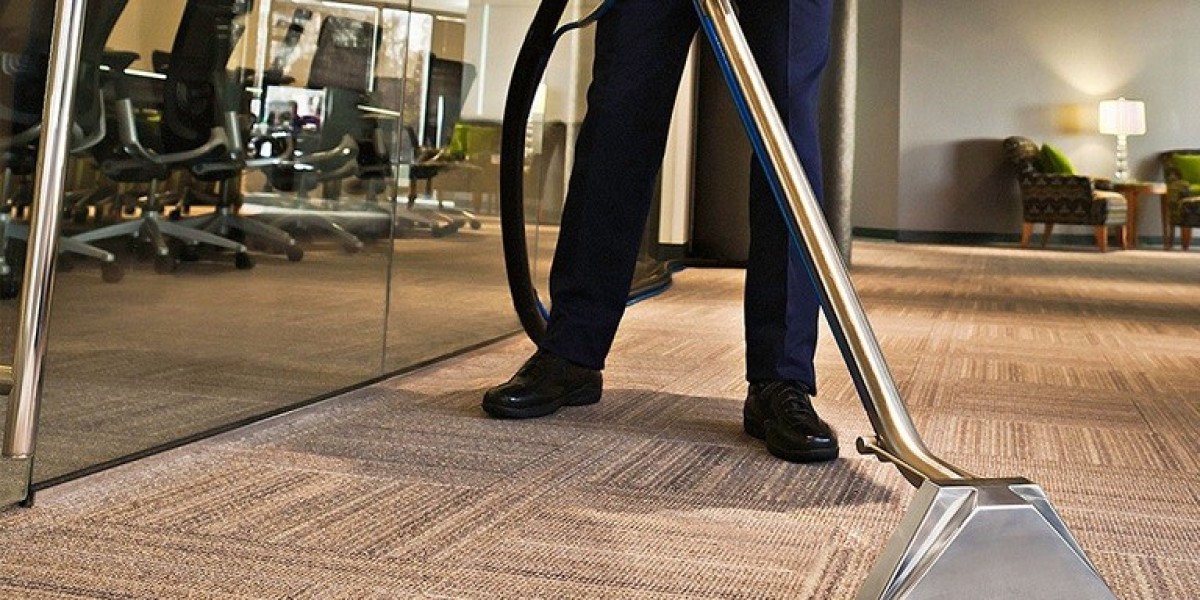A mechatronic design engineer is a versatile professional who merges mechanical engineering, electronics, control systems, and software development to create sophisticated, intelligent systems. This multidisciplinary role is central to industries such as automotive, robotics, aerospace, and consumer electronics, where the convergence of technologies drives innovation. Mechatronic design engineers develop solutions that are efficient, adaptable, and reliable, playing a key role in advancing automation and smart technology. This article examines the role, required skills, responsibilities, applications, challenges, and future prospects for mechatronic design engineers.
What is a Mechatronic Design Engineer?
A mechatronic design engineer specializes in designing systems that integrate mechanical structures with electronic controls and software. This involves crafting devices such as robotic arms, automated manufacturing equipment, or smart home appliances, where hardware and software must work in harmony. Unlike traditional engineers who focus on a single discipline, mechatronic engineers adopt an interdisciplinary approach, ensuring all components function cohesively. For instance, designing a self-driving car requires shaping its chassis, embedding sensors, programming navigation algorithms, and validating performance—all coordinated by a mechatronic engineer.
Essential Skills and Qualifications
To excel, mechatronic design engineers need a combination of technical and interpersonal skills:
Technical Proficiency: Mastery of mechanical design (e.g., CAD tools like SolidWorks), electronics (circuit design), and programming (C, C++, Python).
Control Systems Expertise: Knowledge of feedback mechanisms, PID controllers, and real-time processing.
Analytical Thinking: Ability to solve complex, cross-disciplinary problems efficiently.
Team Collaboration: Working effectively with software developers, electrical engineers, and manufacturers.
Educational Background: A degree in mechatronics, mechanical engineering, electrical engineering, or a related field, often enhanced by certifications or hands-on experience.
Core Responsibilities
The role encompasses a broad spectrum of duties:
Conceptual Design: Developing initial designs that integrate mechanical, electronic, and software elements.
Prototyping: Constructing and testing prototypes to assess functionality and durability.
Software Development: Writing firmware or control software for embedded systems.
Testing and Validation: Performing simulations and real-world tests to ensure safety and performance.
Optimization: Enhancing designs for better efficiency, lower costs, and increased longevity.
Project Oversight: Managing timelines, budgets, and team efforts from concept to production.
Applications Across Industries
Mechatronic design engineers influence a wide range of sectors:
Automotive: Designing advanced driver-assistance systems (ADAS), electric vehicle components, and autonomous driving technologies.
Robotics: Engineering industrial robots, humanoid robots, and collaborative robots (cobots) for manufacturing and healthcare.
Aerospace: Developing flight control systems, drones, and satellite mechanisms with high precision.
Consumer Electronics: Innovating smart home devices, wearables, and gaming consoles.
Industrial Automation: Creating automated assembly lines, CNC machines, and process control systems.
Challenges in the Field
The interdisciplinary nature of mechatronic design engineering presents several hurdles:
Integration Difficulties: Aligning mechanical, electrical, and software components requires meticulous coordination.
Resource Limitations: Working within constrained budgets, space, and power requirements.
Technological Evolution: Keeping up with rapid advancements in sensors, processors, and software.
Testing Complexity: Ensuring systems perform reliably under varied, often extreme conditions.
Safety Standards: Adhering to strict regulations, particularly in automotive and medical fields.
Tools and Technologies
Mechatronic design engineers utilize advanced tools to streamline their work:
CAD Software: For mechanical design (e.g., AutoCAD, SolidWorks).
Simulation Tools: MATLAB/Simulink for modeling and testing control systems.
Embedded Platforms: Arduino, Raspberry Pi, and microcontrollers for prototyping.
Programming Environments: IDEs like Keil or Eclipse for coding and debugging.
Hardware-in-the-Loop (HIL): For real-time validation of integrated systems.
Future Trends
The field is evolving with cutting-edge trends:
Artificial Intelligence (AI): Incorporating AI for adaptive control, predictive maintenance, and real-time decision-making.
Internet of Things (IoT): Connecting devices for smart, networked ecosystems like smart cities.
Additive Manufacturing: Leveraging 3D printing to produce complex mechanical parts quickly.
Miniaturization: Designing smaller, more efficient systems for wearables and medical devices.
Sustainability: Focusing on energy-efficient designs to support eco-friendly technologies.
The advent of Industry 4.0 and autonomous systems underscores the growing demand for mechatronic expertise, positioning engineers as leaders in the fourth industrial revolution.
Career Opportunities and Growth
Mechatronic design engineers enjoy a promising career trajectory. Entry-level positions may include assisting with design or testing, while experienced professionals can progress to lead design roles, project management, or research and development. The global shift toward automation and smart technology ensures a strong job market, with attractive salaries and opportunities for international collaboration. Continuous learning and certifications in emerging tools can further enhance career prospects.
Conclusion
Mechatronic design engineers are at the forefront of technological advancement, fusing mechanical expertise with electronic and software innovation. Their work powers transformative technologies, from autonomous vehicles to robotic surgery systems. Despite challenges, the field’s future is bright, fueled by trends like AI, IoT, and sustainability. As industries embrace automation and connectivity, mechatronic design engineers will remain vital in delivering smarter, more efficient, and interconnected solutions.







